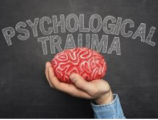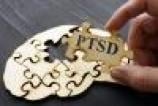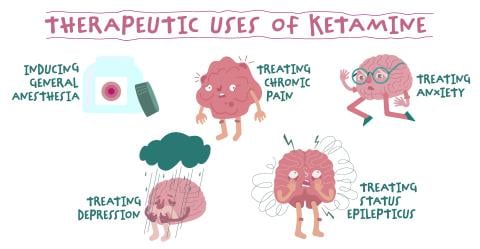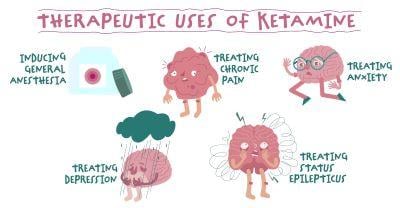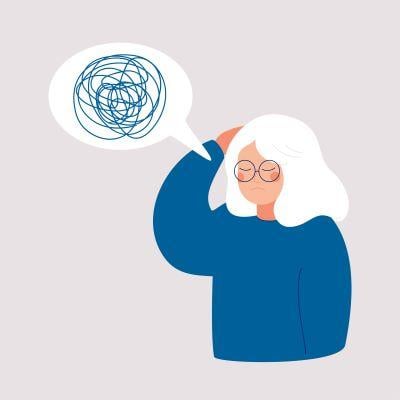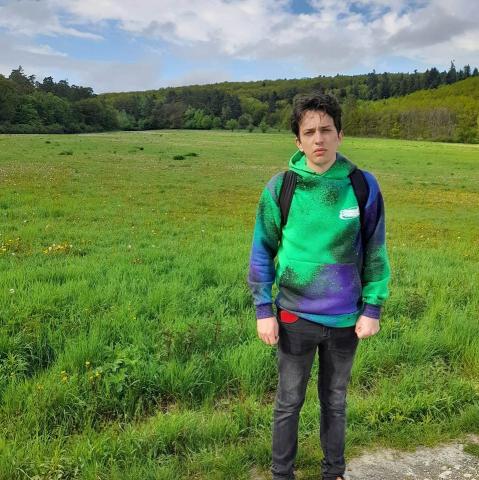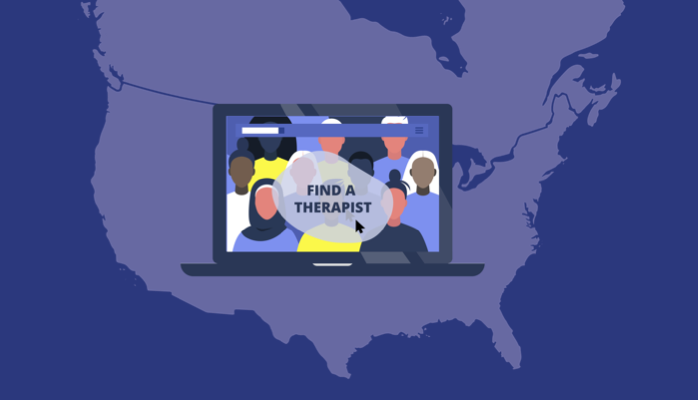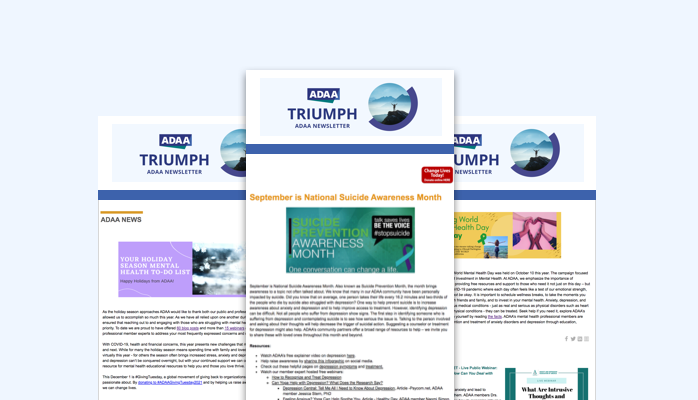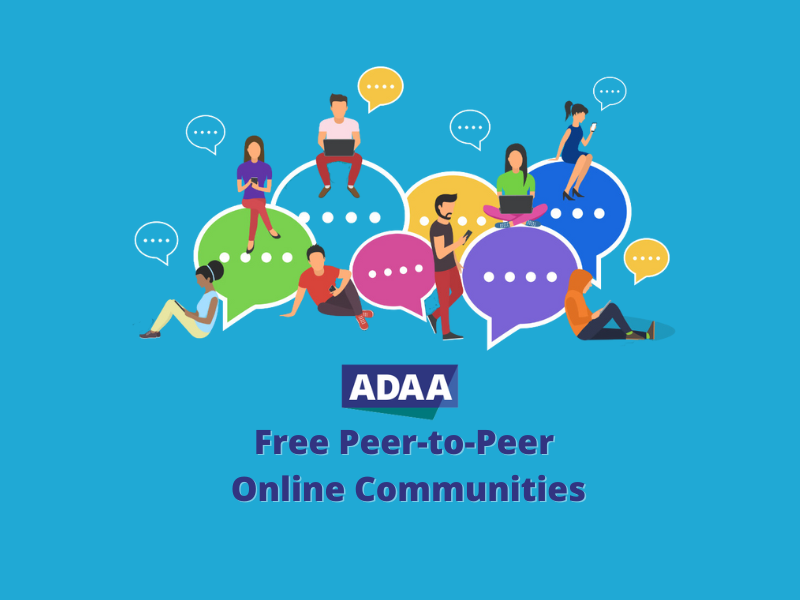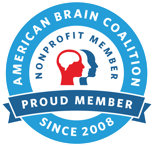Healing Physical and Mental Trauma Bone by Bone: Depression, Anxiety & PTSD After the Amtrak 188 Train Crash
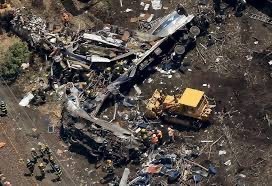 I was extremely lucky to be alive. I was lucky not to be paralyzed. I was lucky I didn’t have a traumatic brain injury. I was lucky to have excellent medical care and the support of my family, friends and colleagues. But months after barely surviving the Amtrak 188 train derailment in 2015, I was dealing with not just the physical repercussions of a significant traumatic event, but also the emotional ones.
I was extremely lucky to be alive. I was lucky not to be paralyzed. I was lucky I didn’t have a traumatic brain injury. I was lucky to have excellent medical care and the support of my family, friends and colleagues. But months after barely surviving the Amtrak 188 train derailment in 2015, I was dealing with not just the physical repercussions of a significant traumatic event, but also the emotional ones.
Yet when my trauma surgeon, who worked with me since the accident that resulted in eight deaths and over 200 people injured, 11 of them critically (me being one of them), asked me how I was, I went into a list of anatomical symptoms. No, she meant how was I doing? The I being more the parts of me that were mentally affected in the aftermath of a polytraumatic experience.
I had been the victim of a horrific accident where so many different parts of my body – intestines, lungs, neck, back, pelvis, ribcage, hip, spleen, bladder, and even my nervous system – had been through incredible trauma. But I didn’t consider myself a trauma survivor. At least not then in those early months. I thought of myself more as a collection of body parts that were on the road to healing, albeit very slowly and after over 30 surgeries, and we – me, my family, my medical team – were so grateful I was alive. How could I be anything other than thankful?
PTSD and Not Me, Or So I Thought
To me, a survivor of trauma was someone who had been in a gruesome war or was violently abused or someone who was trafficked. I was just in a really bad accident, no one intended to hurt me. I should be happy that I survived when others didn’t and yes I was in pain all the time and I felt lousy, but I was one of the lucky ones. How could I be suffering from post-traumatic stress disorder?
That day with my trauma surgeon, I burst into tears but I was still defensive and apparently naïve. She told me she recommends that all her patients speak with someone and while I appreciated her concern, I was not understanding how physical health and palpable pain were relevant to my mental health. Despite working in healthcare and the pharmaceutical industry, I was unaware – or perhaps in denial - that my broken bones and damaged organs could affect my mind.
But the symptoms were there. I was anxious from the pain, both acute and chronic, not knowing when it was going to end, I was snapping at my children, I was fighting with my husband, I would stare off into space unable to do anything or go anywhere – even after I was somewhat mobile – and I would cry at the drop of a hat. And I felt guilty for feeling that way. I felt like I wasn’t trying hard enough.
Eventually I realized that what I was feeling and thinking were symptoms of depression, anxiety and PTSD, and as independent as I thought myself to be, I was not going to be able to muscle through it alone. I got professional help. I saw a therapist who specialized in trauma. I went to a psychiatrist. I took medication and I was relieved to know there was a reason for what I was feeling and how I was acting.
Helping Myself and Others Through My Story
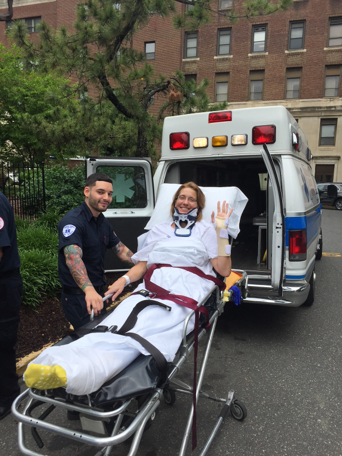 I had a lot of time on my hands while recovering and being curious, I began reading and educating myself on trauma and how pain impacts, and changes, our brains. I asked questions, I paid more attention to my mental wellbeing, and took copious notes from my research – which later would become part of my book, Bone by Bone.
I had a lot of time on my hands while recovering and being curious, I began reading and educating myself on trauma and how pain impacts, and changes, our brains. I asked questions, I paid more attention to my mental wellbeing, and took copious notes from my research – which later would become part of my book, Bone by Bone.
A tragedy had turned my life upside down and taken the lives of others and wreaked havoc on the lives of so many more but I was getting better. Granted I was coming off pain meds, feeling more pain, having withdrawal symptoms, which in turn intensified the depression, and there was surgery after surgery, but I was doing things for myself. Yoga, breathing exercises, meditation – all thing I would have dismissed before the accident – but there had to be more.
What could I do to help others? The book is meant for anyone or even just one person who finds it helpful. In many ways, if no one needs it, that’s even better but if it can impact one life, then I know it was worth it. All proceeds from Bone by Bone are being donated to non-profit organizations that support trauma professionals and survivors.
There is power in sharing our stories and I hope that sharing my mental health journey through ADAA, an organization that does so much for mental health and those who suffer from anxiety, depression, OCD, PTSD, and co-occurring disorders, reaches everyone who needs it.
Learn more about Geralyn Ritter
Share Your Story and Voice and Help #breakthestigma Around Mental Health
Support ADAA's Mission - Every Gift Makes an Impact


